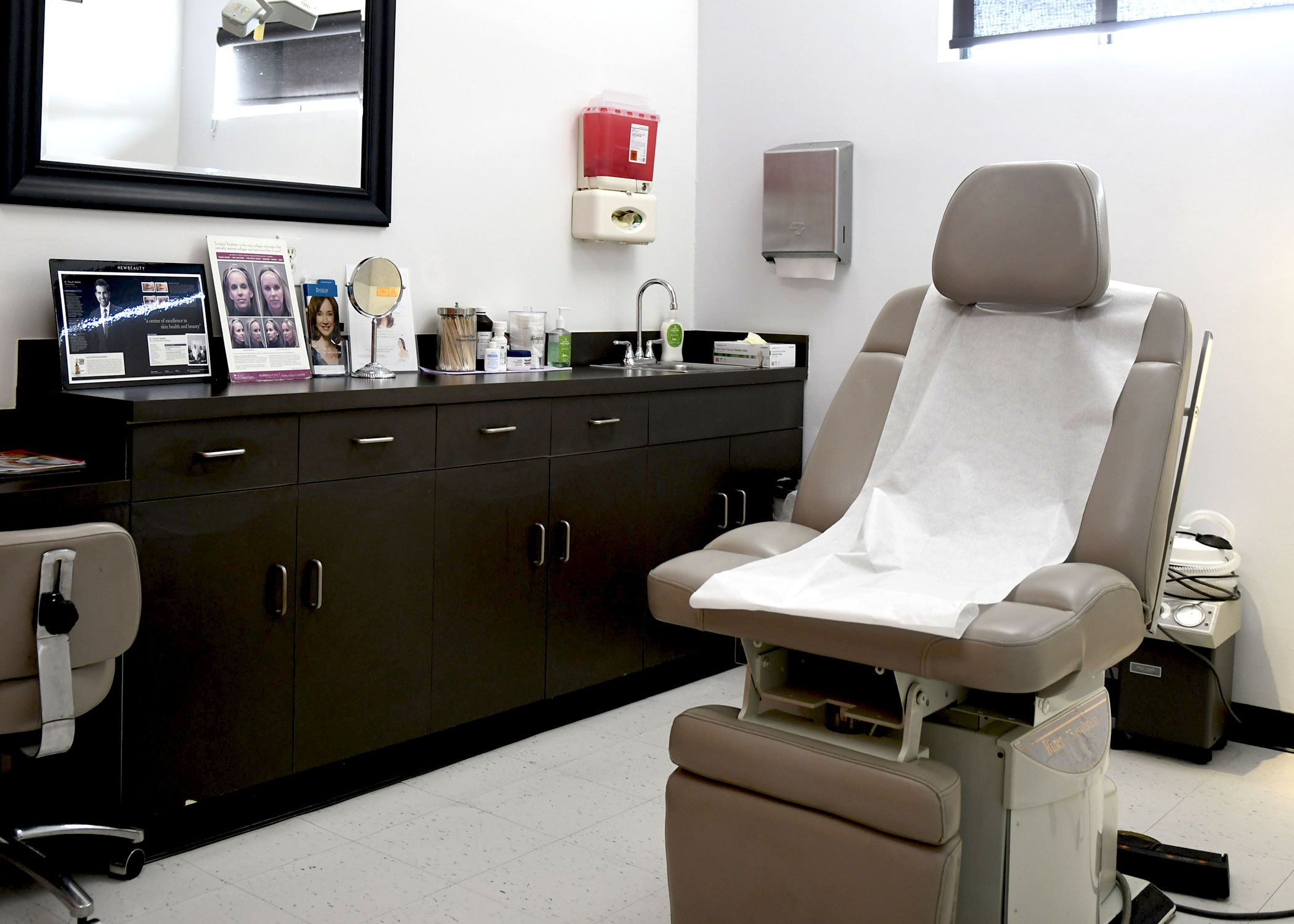Skin rashes can appear quickly and become a major source of discomfort. In order to determine what the cause of the agitation is in a short period of time, dermatologists often employ a technique known as skin allergy patch testing. This test is used as a tool for diagnosis that will indicate the agent respon-sible for the dermatitis. Dermatitis, or a rash appearing on the skin due to an allergic reaction, typically has common causes that this type of testing can easily identify. Among the most common causes of skin rashes are poison ivy, latex, lotions, laundry detergents, or cleaning products. Any number of these variables can be readily identified as the acting agent with patch testing.
What causes dermatitis
Dermatitis is actually a result of the activation of a patient's immune system. The symptoms can last for extended periods of time and include burning, hives, redness, itching, and blisters. Most conditions of this kind can be treated using topical medications that patients can employ in the home. Additionally, avoiding the substances that the test identifies will cause the symptoms to cease. This test in addition to the treatment is painless and does not require the use of needles or injections.
What to expect from an allergy patch test
The most common patch test that our certified dermatologists will use can identify 70 different chemi-cals on the skin. During testing, doctors will apply several different patches in order to eliminate specif-ic triggers. The patch is left on the skin for approximately 48 hours so that adverse reactions can be identified. Also during this time, patients are required to take sponge baths only so that the test is not interrupted. Once the patch is removed, the doctor may also make another observation for additional symptoms after another 24 to 48 hours has passed. Patients must also stop using certain medications before taking tests of this kind. These medications include oral antihistamines and topical corticoster-oids. Patients may also be required to protect the test area from sunlight for three weeks prior to test-ing. After doctors have identified the substances to which you are reacting, they can provide patients with a list of products to avoid in order to eliminate further problems.


